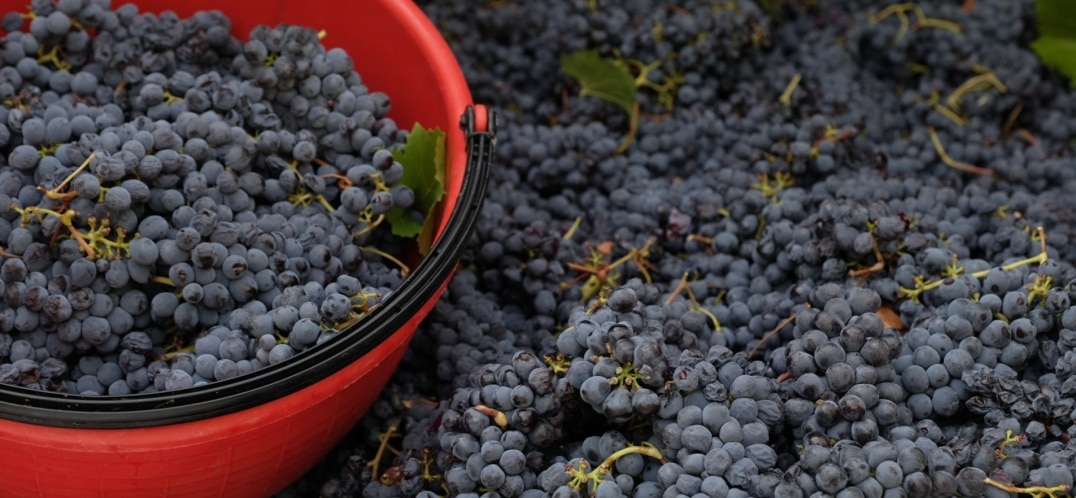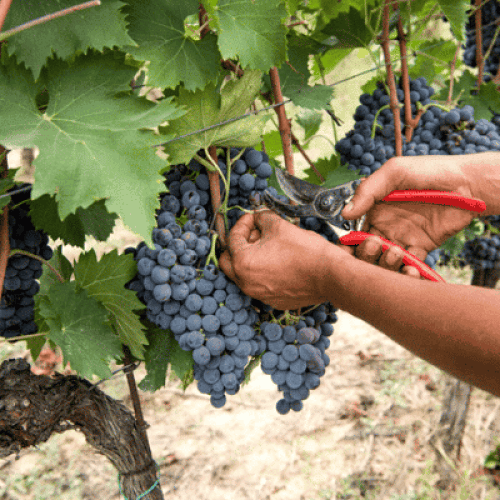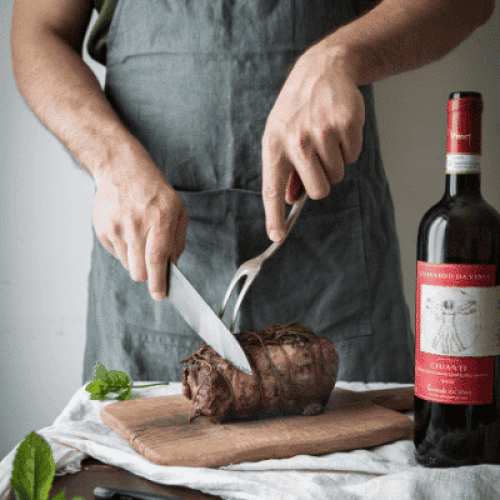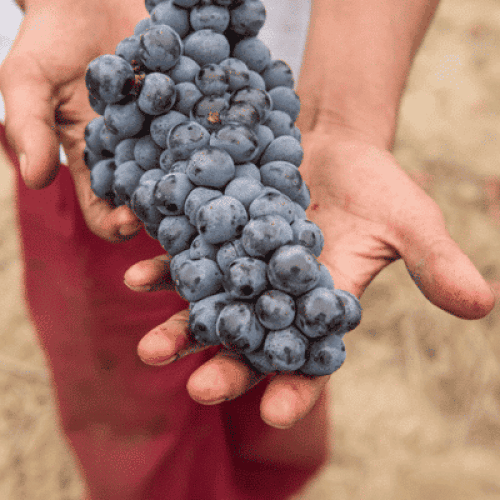Everyone has heard of “tannins” at least once, but perhaps not everyone knows what they really are! Wine is a rich mix of various chemical compounds (such as sugars, acids and alcohol) and natural organic substances, called “polyphenols” or “phenolic compounds“. These are macromolecules made up of “phenols” (or complex bonds of oxygen and hydrogen molecules) which play an important role in wine, determining, for example, the color of a particular wine. Among the polyphenols present in wine we find tannin, together with phenolic acids, flavonols and anthocyanins (of the flavonoid family) and resveratrol.
How are tannins recognized in a wine? What do tannins taste like?
Tannins in wine a give a bitter sensation of astringency, as well as structure and complexity. It is commonly said that tannins have a ‘drying’ sensation in the mouth, similar to that experienced when biting into a quince. Tannins are most commonly found in red wine, although some white wines also have tannin (from aging in wooden barrels or from fermentation on the skins). In general, we can say that the higher the amount of tannin in a wine, the more acute the sensation of astringency will be on the palate.
Where are the tannins found in wine?
As previously mentioned, tannins are organic and natural substances and are present throughout the plant world: in plants, leaves, seeds, wood or fruit peel. In a bunch of grapes, tannin is found in the stalk, seeds and skins. They are extracted during the maceration phase and vary according to the acidity of the wine. In young wines, tannins are present in simple, rather aggressive and astringent molecules, while with aging, these compounds become more complex, making wines more evolved, that is, less astringent and softer.
In addition to the tannins naturally contained in the grapes, these compounds are also found in the wood, so in the maturation phase the wine acquires other tannins during its rest in barrel or barrique. In fact, the wood releases further tannins which contribute to adding astringency and aroma to the wine. The smaller the barrel, the better the exchange of aromatic substances: this is where the saying “in the small barrel is good wine” comes from.
Among the best examples of Cantine Leonardo da Vinci’s tannic red wines we find many labels. To name a few, we suggest tasting the Rocca di Cesena Sangiovese Superiore Riserva Romagna DOC of the 1502 Da Vinci in Romagna line; Vergine delle Rocce Chianti Riserva DOCG from the Da Vinci I Capolavori line, or the San Giovanni Battista Brunello di Montalcino DOCG.
Why are tannins important in a wine?
Tannin is one of the key traits that allows red wines to age well for decades. Over time, the complex molecules of tannin polymerize, smoothing and softening that sense of astringency typical of young tannins. This is one of the main reasons why a young and powerful wine like Brunello di Montalcino is often aged for up to 10 years before being opened.
In oenology, these types of tannins transferred from wood into wine are technically called “gallic tannins” and have less astringency than the “endogenous” ones (extracted directly from grapes), and for this difference they are called “sweet tannins” or “noble tannins“.
What is the ideal pairing for a tannic wine?
The astringent sensation is perfect for managing rich, unctuous and oily foods. Tannins have a strong degreasing power, so they “cut” succulent proteins very well, such as those of a Fiorentina T-bone steak, allowing you to harmonize and bring out both the flavor of the dish and the aromas of the wine you are tasting. Some examples of combinations with tannic wines could be stewed foods, braised meat, roasts rich in sauces or fatty meats that are rich in juices.






